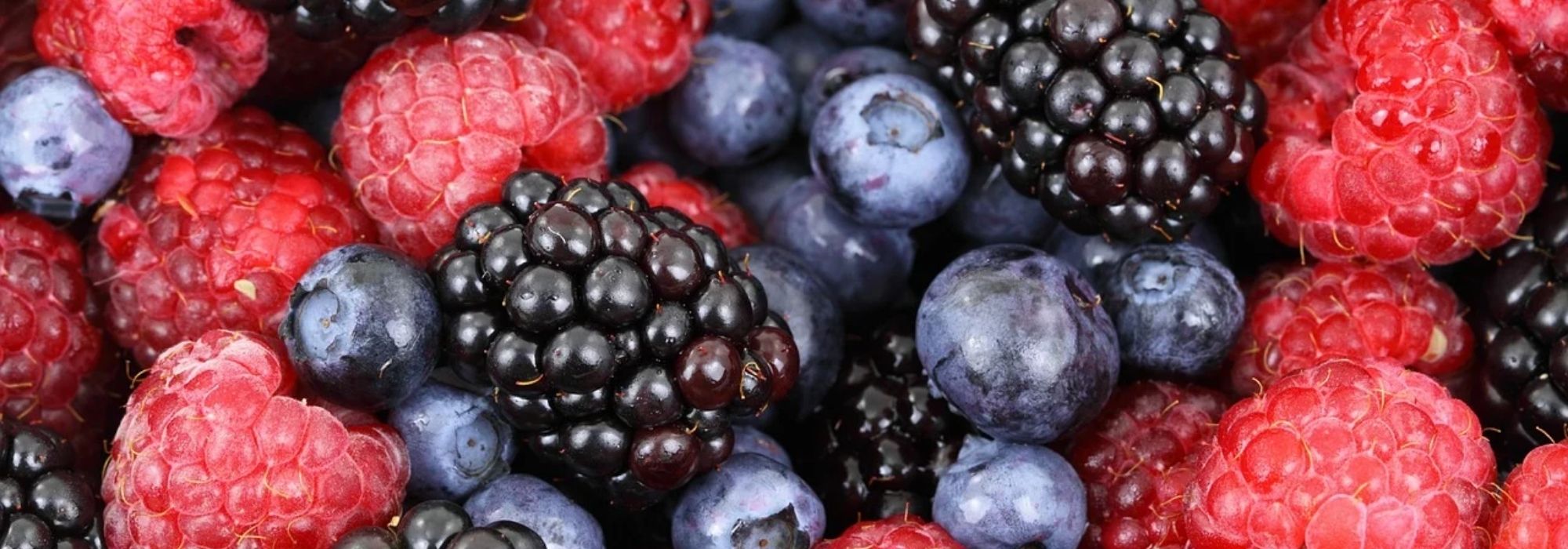
5 red berries for beginners
Flavour and cultivation
Contents
Essential summer pleasures, the red berries can be picked at will, tinting our mouths a lovely pink, red or even black. Small woody bushes (currant bushes or raspberry canes), herbaceous (strawberries) or climbing (blackberries), they all yield abundant harvests and fit easily into an ornamental garden.
If growing red berries is accessible to beginners, it requires some care – notably during the first few years – regarding planting, watering and maintenance.
Let’s discover, together, the secrets of successful planting, ensuring little moments of tangy happiness: soon strawberries, raspberries, blackberries, blackcurrants and redcurrants will colour your plates every summer!
Strawberry 'Mara des Bois' — an inimitable flavour
‘Mara des Bois’ is a sweet strawberry best enjoyed plain, no frills. Of course, it can also elevate a tart, flavour a compote or be spread as jam. A very productive variety, it is regularly awarded, notably lauded for its perpetual fruiting, providing a harvest from June to first frosts.
Ideally, this small, exceptionally red fruit is planted from August to November in rich, deep, well‑drained soil. In a sunny spot, its young plants are spaced 35 cm apart in all directions in open ground, before being watered generously. In spring, mulch around plant crowns to keep soil cool, scatter a little ash or coffee grounds to deter slugs and snails, then install a protective net to shield fruits from birds. Well maintained, a Marat des Bois strawberry plant only needs renewing every three or four years.
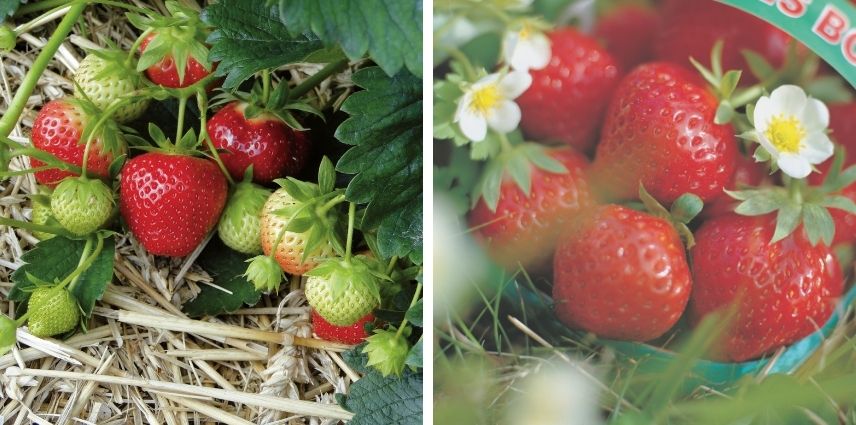
Read also
Planting young fruitsRaspberry 'Zeva', productive and fragrant
‘Zeva’ is a raspberry of a beautiful dark red colour that is best eaten immediately after picking, fresh, but also as coulis, sorbet, tart or jam. Perpetual variety, renowned for its productivity, it ensures harvest from June to October.
Ideally planted between October and November on humus-bearing, rich soil, raspberry ‘Zeba’ favours semi-shaded but bright locations: thus, sunny exposure is recommended north of the Loire, while semi-shade should be chosen in the south. On ranks spaced 1.50 metres, young plants are installed every 80 cm, then watered regularly during first year. A mulch helps it retain some cool during summer and an organic fertiliser will protect its young plants. By removing suckers that grow close to its base, this small red fruit can easily multiply to other parts of your garden.
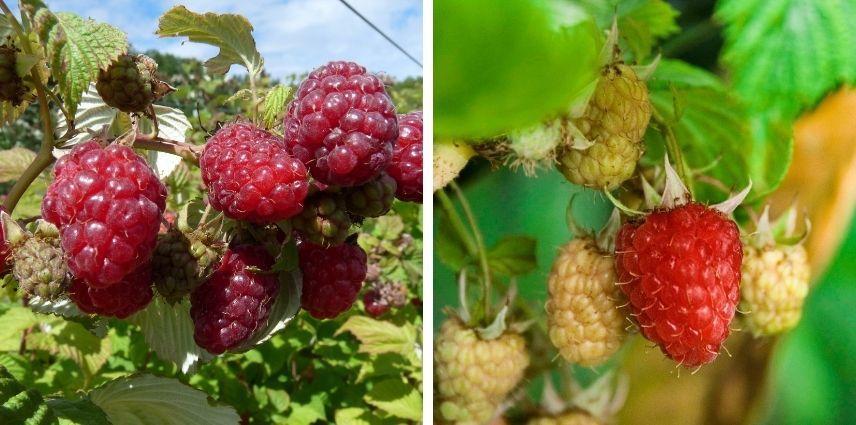
Copyright Cerdys (photo on left)
Discover other Berries
View all →Available in 0 sizes
Available in 1 sizes
Available in 1 sizes
Available in 1 sizes
Available in 1 sizes
Available in 1 sizes
Available in 1 sizes
Available in 1 sizes
Available in 1 sizes
Available in 1 sizes
Blackberry 'Triple Crown', productive and thornless
‘Triple Crown’ is a large shiny black blackberry with a slightly tart and sweet flavour. Eaten in fruit salad, it can also be made into jam or jelly. Very productive, this variety of blackberries can yield up to 5 kg of fruit from August through October, with a relaxed harvest since the bush is thornless.
Ideally planted from September to December, this small red fruit thrives in deep, fertile soil in full sun (although partial shade or shade also allow development, though with lesser quality). After digging a hole twice the size of the root ball, simply place the bush in it. In first year, water regularly and keep only vigorous canes. Otherwise, this blackberry bush is resistant to disease and cold (down to -10 °C).
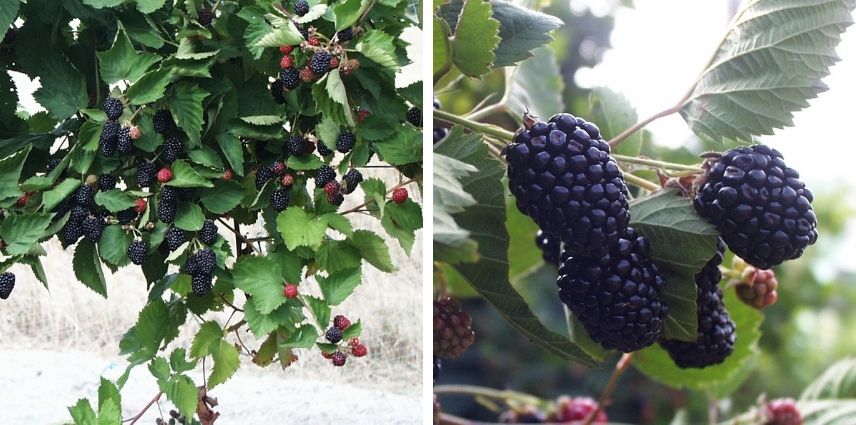
Blackcurrant 'Andega', productive and self-fertile
‘Andega’ is a pink‑tinged blackcurrant with a tangy flavour: enjoyed as juice, used in tarts or savoury dishes, or made into jam. Very productive variety, this blackcurrant bush, self-fertile, is harvested throughout summer, from early July to late August.
Ideally, plant this small red fruit between October and November in ordinary, deep soil, in a place sheltered from wind and direct sun. Spacing 1 metre in all directions, rootball, previously soaked briefly in water, is placed in a hole before being covered with soil enriched with compost and horn meal. Make this addition every year in spring or autumn. Also recommended to protect fruits from birds from June.
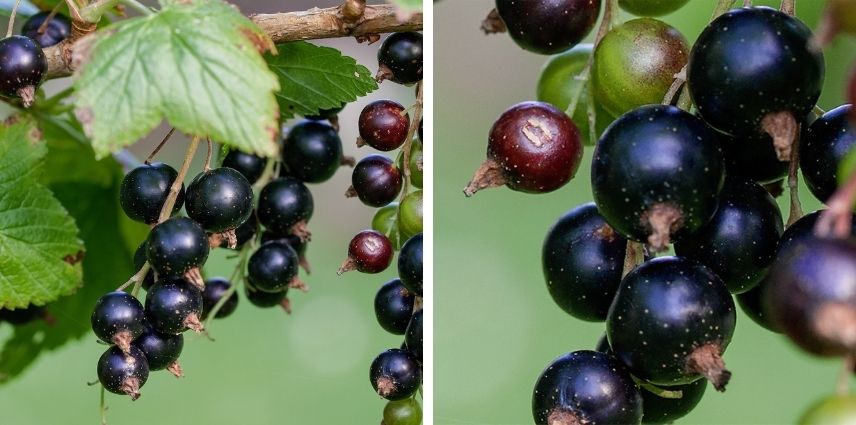
'London Market' redcurrant, productive and vigorous
‘London Market’ is a large-fruited redcurrant with red, juicy and tangy pulp. Eaten fresh, used in jelly, sorbet or pastry, and also as accompaniment to savoury dishes. Variety both vigorous and productive, harvested throughout summer, up to 7 kg per plant.
Ideally planted between October and November in ordinary, well-drained soil, the redcurrant bush with red clusters ‘London Market’ dislikes heat and drought: preferable to site it in a spot not in direct sun and sheltered from wind. At start of growth, possible to add a little organic fertiliser, then in June–July, to spray a fungicidal treatment against powdery mildew and to mulch around its base. At start of summer, harvest should be protected from birds, with a filament.
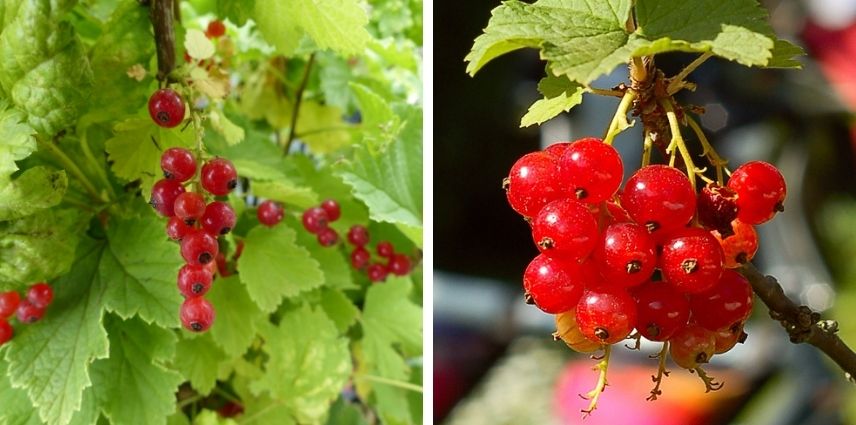
- Subscribe!
- Contents
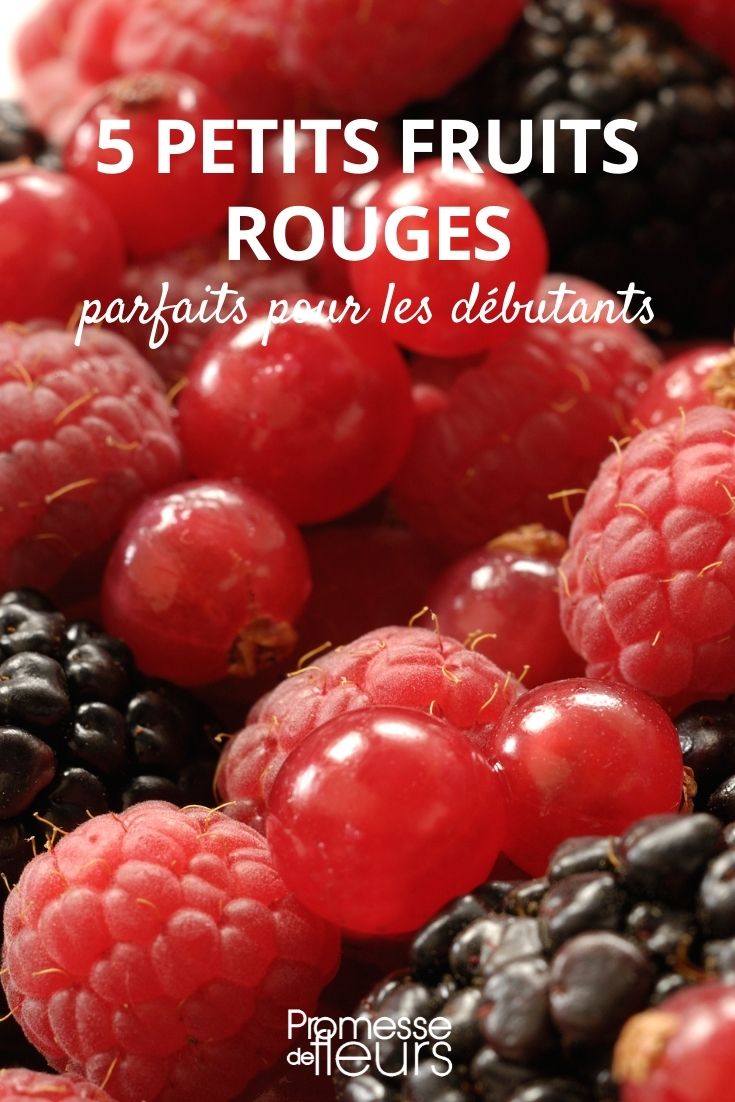































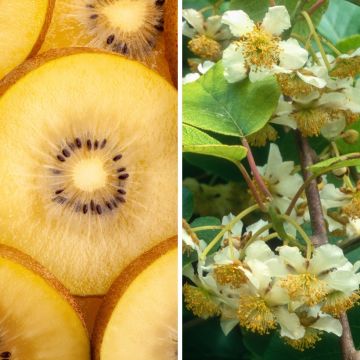
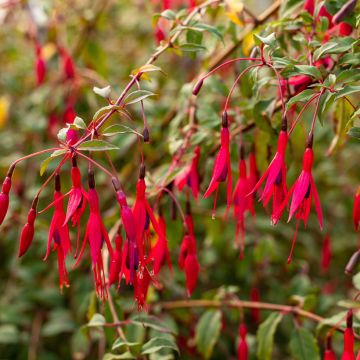
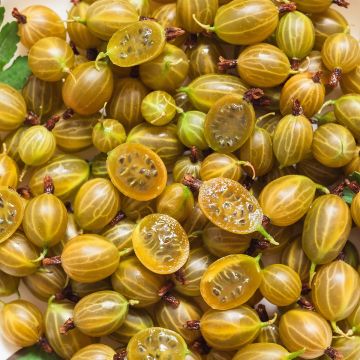
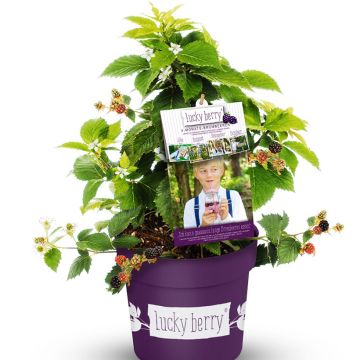
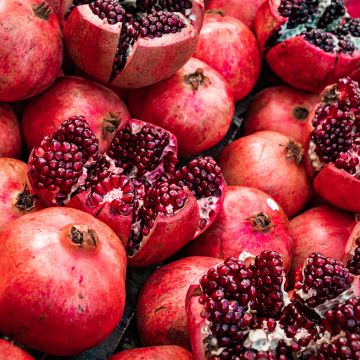
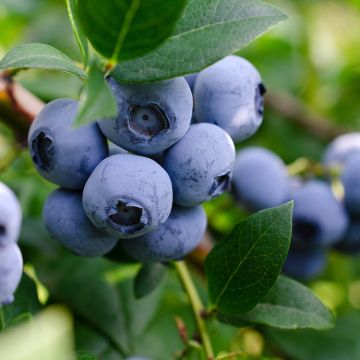
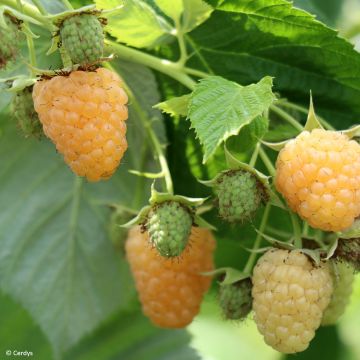
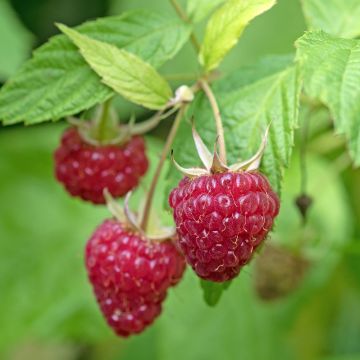
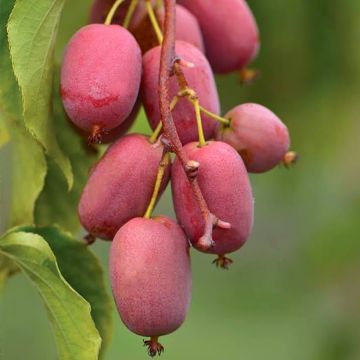
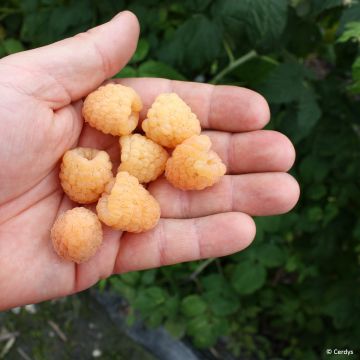
Comments